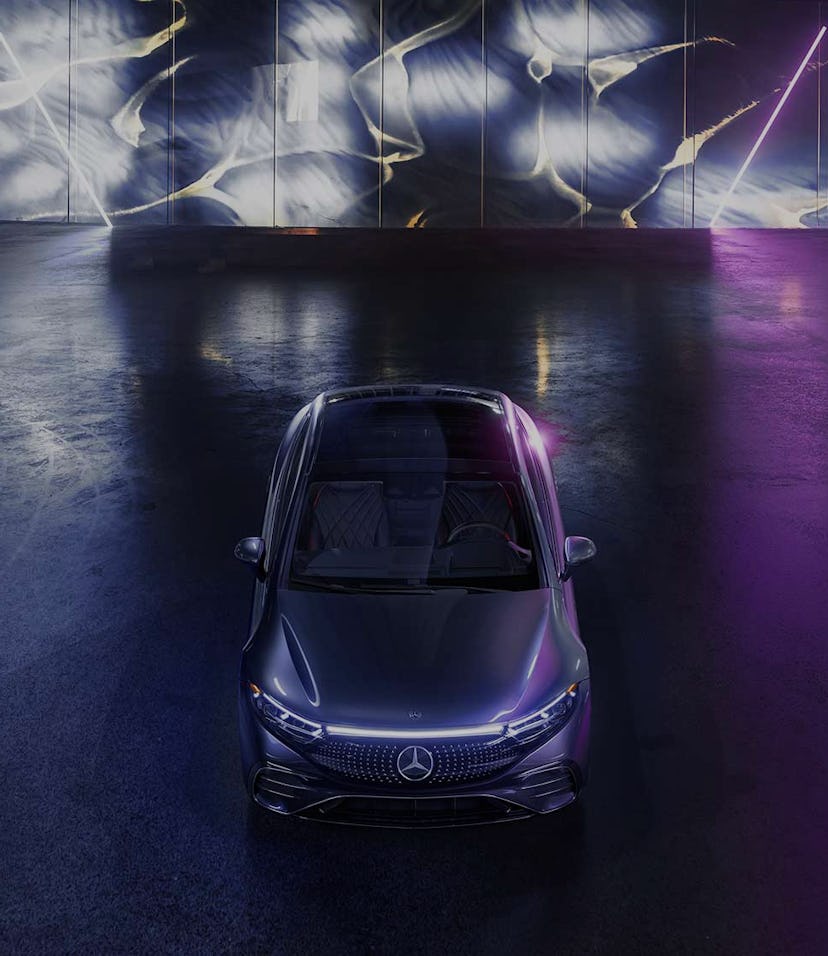Tech
How to check if an EV qualifies for new U.S. tax credits
The newly-enacted Inflation Reduction Act makes one major change to determine which EVs are eligible. Here’s what you need to know.

Tax credits for buying an electric vehicle have been a huge selling point to get people to switch over from their gas-powered counterparts. Luckily, the EV credits are sticking around after President Joe Biden recently signed the Inflation Reduction Act into law.
The new law includes a number of tax, healthcare, and climate initiatives, including an updated version of the tax credits you can claim for purchasing an EV. The most significant change is that only EVs that had final assembly done in North America would qualify. This could narrow options, or potentially persuade more automakers to shift over operations to the U.S. or its neighbors.
How to check if your EV is eligible — Claiming EV credits is already a bit of a process, but this new law only adds to the confusion with a couple of extra steps. To check eligibility, you can go see the Department of Energy’s preliminary list of 2022 and early 2023 EVs that will likely meet the final requirement.
The list includes cars that have their final assembly done in North America, like Rivian R1S, Mercedes-Benz’ EQS, and the Hummer EV, although GM has reached its manufacturer sales cap. This list is expected to grow since there’s going to be some more provisions added in 2023. Automakers could also move their production plans to North America to accommodate this rule, like Volkswagen which moved the production of its ID.4 to Tennessee.
If you want an even more precise way to check if your EV is eligible, you can also visit the U.S. Department of Transportation’s website and follow these steps:
- Follow this link to the DOT’s VIN decoder.
- Enter your Vehicle Identification Number into the VIN field (Your VIN number is usually near the bottom of your windshield on the driver’s side, but also on your vehicle’s registration and insurance card).
- Once you’ve entered your VIN into the DOT’s search function, scroll down to the “Plant Information” field where it’ll tell you where your EV was built.
Things to consider — There are a few things to keep in mind with this law for the future. There will be other requirements regarding battery material and critical mineral sourcing that will be phased in at the start of 2023. We’re not sure what exactly these requirements will be, but the U.S. Department of the Treasury and the IRS will offer up more info in the coming months.
For those who aren’t looking for a new car, the Inflation Reduction Act will offer a $4,000 tax credit if you purchase a used EV, commercial or otherwise. The new law is also going to implement a mechanism where customers can transfer the EV credit to car dealers when buying the car, so that it directly reduces the purchase price, almost like a coupon. That change is expected to come into effect in 2024.
Tricky timing — But what if you already bought an EV but it just hasn’t delivered yet? The Inflation Reduction Act says that if you signed a contract to buy an EV before it was enacted but won’t get the EV until after August 16, you’ll be grandfathered in and can claim the previous EV tax credit.
This new law may limit the amount of EVs that qualify for the tax credit, but it does expand ways to claim the credit down the road. Maybe the most exciting part of the updated EV credit process is that we’ll be able to get an immediate discount at dealerships, instead of having to wait until we file our annual tax returns.